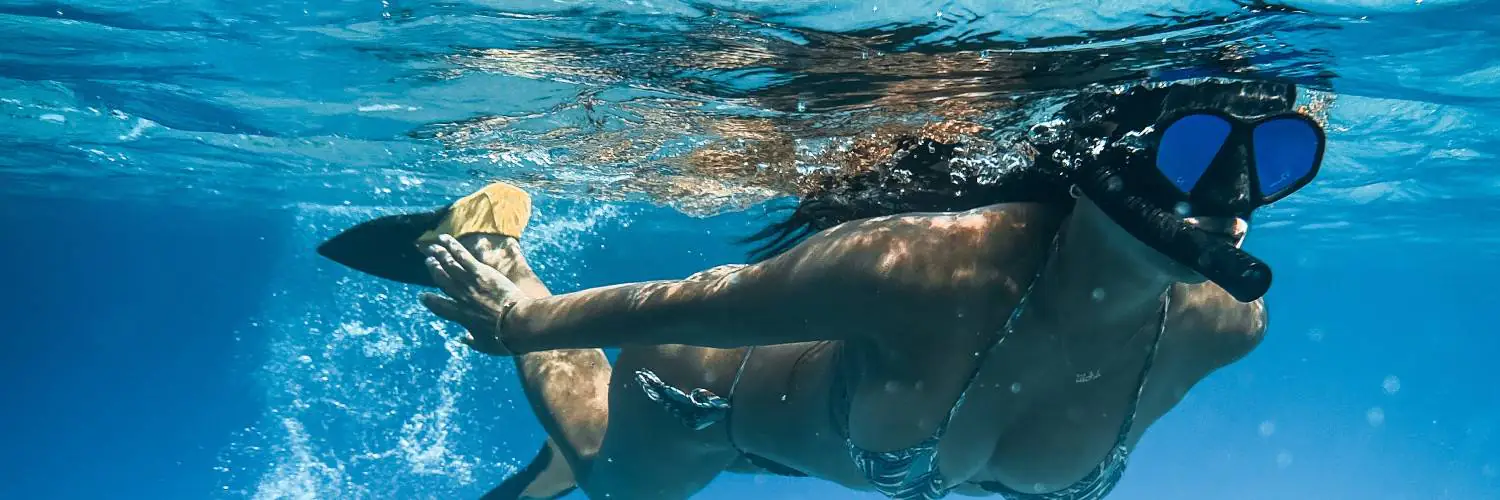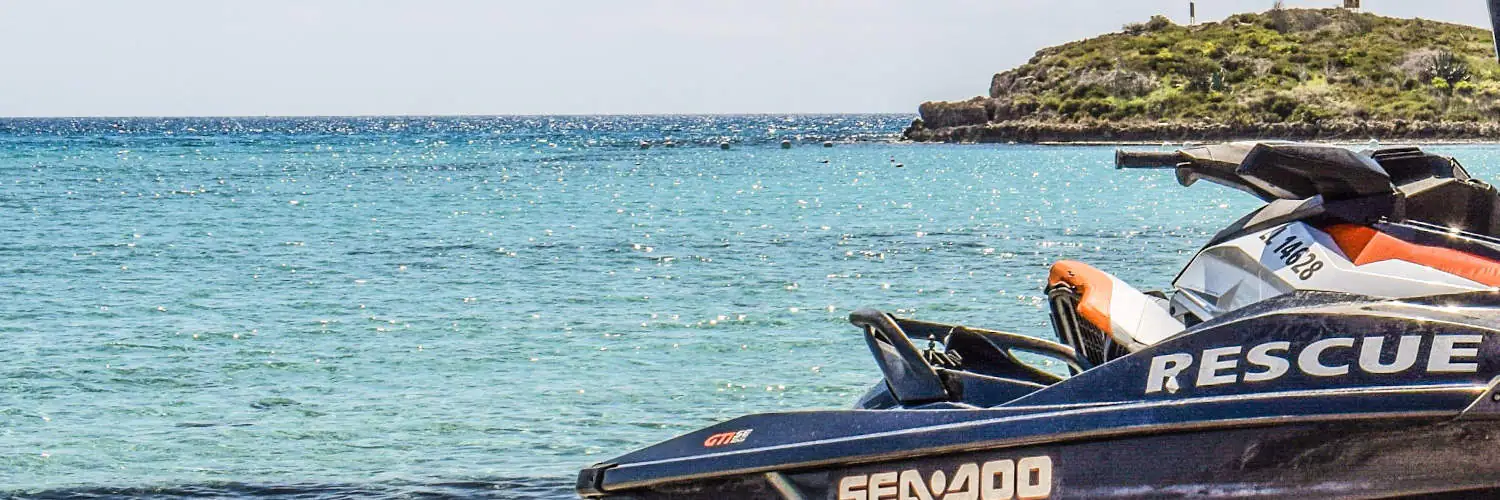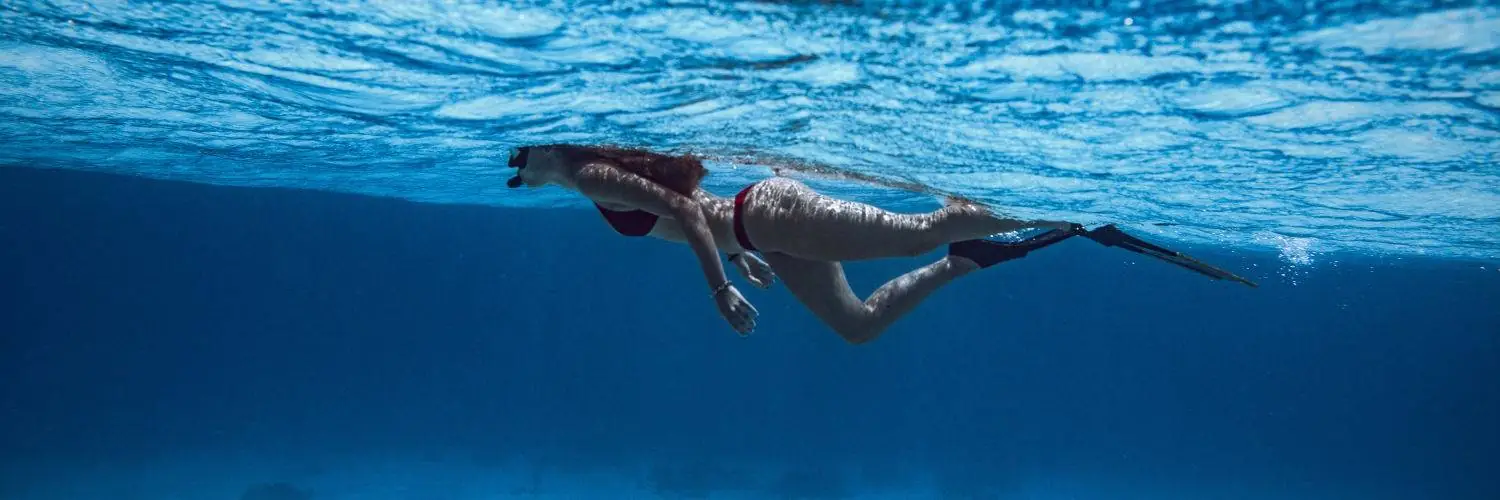Snorkeling is a favored pastime for those looking to explore marine environments up close. While partaking in this underwater adventure, one’s safety and adherence to regulations are paramount. Boaters often frequent popular snorkeling spots, which can pose risks to snorkelers. To mitigate these dangers, the employment of a dive flag is a common safety measure. The dive flag serves as a visual cue to passing boats, signaling the presence of snorkelers below the surface, thereby reducing the risk of accidents.
Regulations regarding the use of dive flags for snorkeling vary by location, but many states and countries mandate their use. When snorkeling occurs especially from boats in open waters, utilizing a dive flag becomes crucial. The flag is typically required to be displayed prominently, often attached to the snorkeler’s position in the water or from the accompanying boat. This practice alerts nearby marine traffic of the snorkeler’s location, ensuring a safety perimeter is maintained.
The dive flag is not just a tool but a universally recognized symbol for underwater activity. While some may debate its necessity in certain conditions, the consensus remains that in areas of high boat traffic or when snorkeling away from the safety of the shore, a dive flag is an essential item. Its use is a small but significant step toward securing a safer snorkeling experience, and it reflects an individual’s commitment to following maritime regulations for the benefit of all water enthusiasts.
Table of Contents
The Importance of Dive Flags in Snorkeling
Dive flags are crucial safety tools in snorkeling, signaling the presence of divers to nearby boaters and helping to prevent accidents.
Understanding Dive Flags
Dive flags come in two main types: the traditional red flag with a white diagonal stripe, known as the diver down flag, and a blue and white Alpha flag, which is recognized internationally. Dive sausages, or surface marker buoys, are inflatable tubes that aid visibility but don’t replace dive flags. These indicators make snorkelers and scuba divers visible to passing watercraft, thus serving as a protective measure to keep those beneath the surface safe from potential hazards.
Dive Flag Regulations in the US
In the United States, dive flags are required by law in many jurisdictions when divers are in open water. Regulations can vary extensively from state to state. It’s vital that snorkelers check the local regulations of the area they plan to explore. Generally, laws mandate that:
- The dive flag must be displayed in the area where diving is occurring.
- Boaters must maintain a certain distance, commonly 100 feet, from a displayed dive flag.
These laws are designed to facilitate a safer environment for both snorkelers and boaters. Non-compliance can result in fines or other legal penalties, emphasizing the importance of understanding and adhering to dive flag regulations.
Choosing the Right Dive Flag for Snorkeling
Selecting the appropriate dive flag is critical for safety while snorkeling. It’s important to understand the types available, ensure visibility, and consider additional gear.
Types of Dive Flags
When choosing a dive flag, snorkelers typically have two main options:
- The Alpha Flag: This blue and white flag is internationally recognized and indicates that there is a diver below the water, cautioning nearby boats to keep a safe distance.
- The Traditional Red and White Dive Flag: This flag features a red field with a white diagonal stripe and is commonly used in the United States to signal that divers are present.
Visibility and Size of Dive Flags
Visibility is paramount when it comes to dive flags. The following factors are crucial:
- Color: The flag must be brightly colored, typically red with a white stripe or blue and white, for easy visibility.
- Size: A larger dive flag increases visibility from a distance. It is generally advised that the flag’s size should be proportional to the water body size — larger flags for open water, smaller for confined areas.
- Distance: Boats should be able to see the flag from a minimum distance of 100 feet in inland waters and further in open waters.
Additional Gear for Enhanced Safety
Additional safety gear can enhance the visibility of snorkelers:
- Dive Flag Float: This device keeps the dive flag above the water’s surface and is often tethered to the snorkeler.
- Dive Torpedo or Snorkeling Dive Flag: A smaller, towable version that is easy to handle and offers high visibility.
- Marker Buoy: A floating marker that can accompany a dive flag to outline the snorkeling area and further alert boats.
Snorkelers should ensure that their dive flag and associated gear are always in good condition and are visible to boaters from the recommended distances to maintain safety.
Safe Snorkeling Practices with Dive Flags
Safety in snorkeling involves visibility and awareness both of which can be enhanced with the use of a dive flag. This significantly reduces the risk of accidents with water vessels.
Proper Dive Flag Use
A dive flag, often bright red with a white diagonal stripe, must be displayed prominently on a float or buoy at the water’s surface when snorkeling. The flag should be unfurled and clearly visible from all directions. Best practice dictates that the flag should not be used as a flotation device but rather as a signal to boats that snorkelers are below.
- Types of Flags: Typically, two types of flags are used:
- Alpha Flag (Blue and White): Internationally recognized, indicating diving activity below.
- Red Flag with White Stripe: Predominantly used in the United States.
Maintaining Safe Distances
Regulations often specify a minimum distance that boats must maintain from a displayed dive flag, commonly around 100 feet (30 meters). Snorkelers should also stay within a specified range, usually within 100 feet of their dive flag, to ensure they remain within the protected zone.
- Swim Buoy/Dive Buoy: A swim buoy attached to the snorkeler and connected to the dive flag ensures the snorkeler does not drift away from the safety zone.
Effective Communication with Boaters
Combining the visual signal of a dive flag with loud waterproof whistles provides a dual method for snorkelers to alert nearby vessels. When snorkelers need to communicate their presence or distress, the whistle can draw attention quickly and effectively.
- Hand Signals: In addition to whistles, snorkelers should familiarize themselves with hand signals to communicate with boaters from a distance.
Legal Requirements and Penalties
In the United States, the use of dive flags for snorkeling is governed by regulations that vary from state to state. These laws are vital for ensuring the safety of snorkelers by alerting boat traffic to their presence. Failure to adhere to these laws can result in penalties, including fines and mandatory education on water safety practices.
State-Specific Dive Flag Laws
Florida:
- Law Requirement: A diver down flag must be displayed when snorkeling.
- Size Standards: The flag needs to be a minimum of 20 inches by 24 inches on a vessel, and at least 12 inches by 12 inches for a divers-down buoy.
- Visibility Standards: On vessels, the flag should be raised at the highest point to prevent obstruction of visibility.
General U.S. Guidelines:
- While specifics can vary, displaying a dive flag is a common legal requirement across different states whenever one is engaged in underwater activities near boat traffic.
Consequences of Non-Compliance
Penalties:
- Fines: Failure to display a dive flag while snorkeling in regulated areas may lead to fines. The exact amount can vary by jurisdiction.
- Education: Some states may require individuals who have violated snorkeling regulations to undergo water safety education programs.
Safety Impact:
- Non-compliance with dive flag regulations can significantly increase the risk of accidents with watercraft, putting both snorkelers and boaters in danger.
It is essential for snorkelers and divers alike to be aware of and comply with the local regulations to ensure safety for all parties involved in water activities.
Snorkeling Locations and Dive Flag Necessities
When snorkeling in various locations, one must consider the local regulations and the environment to determine the necessity of a dive flag for safety.
Popular Snorkeling Destinations and Their Rules
Hawaii: In Hawaii, snorkelers often explore vibrant coral reefs and abundant marine life. The state mandates the use of a dive flag in areas frequented by boats to alert watercraft operators of a snorkeler’s presence.
Florida: Florida’s diverse snorkeling spots include the famous John Pennekamp Coral Reef State Park in Key Largo, which features natural and artificial reefs teeming with sea life. Florida law requires snorkelers in open waters to use a dive flag to ensure they are visible to passing vessels.
Assessing the Need for a Dive Flag Based on Location
Open Water vs. Beach: When snorkeling in open water away from the protected areas of a beach, the use of a dive flag is crucial for safety. It makes snorkelers visible to boats and watercraft, especially in areas with strong currents or heavy boat traffic.
Visible Location: Choosing a visible location for the dive flag, such as on a buoy or attached to a floatation device, ensures that it is conspicuous to nearby boaters, fulfilling its purpose of safeguarding snorkelers.








